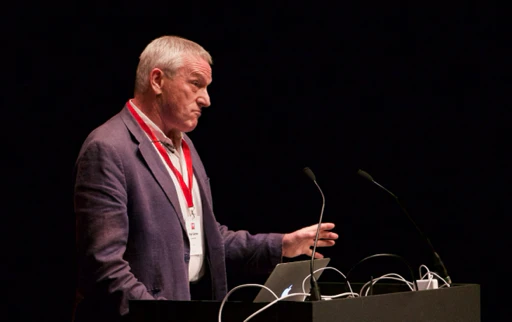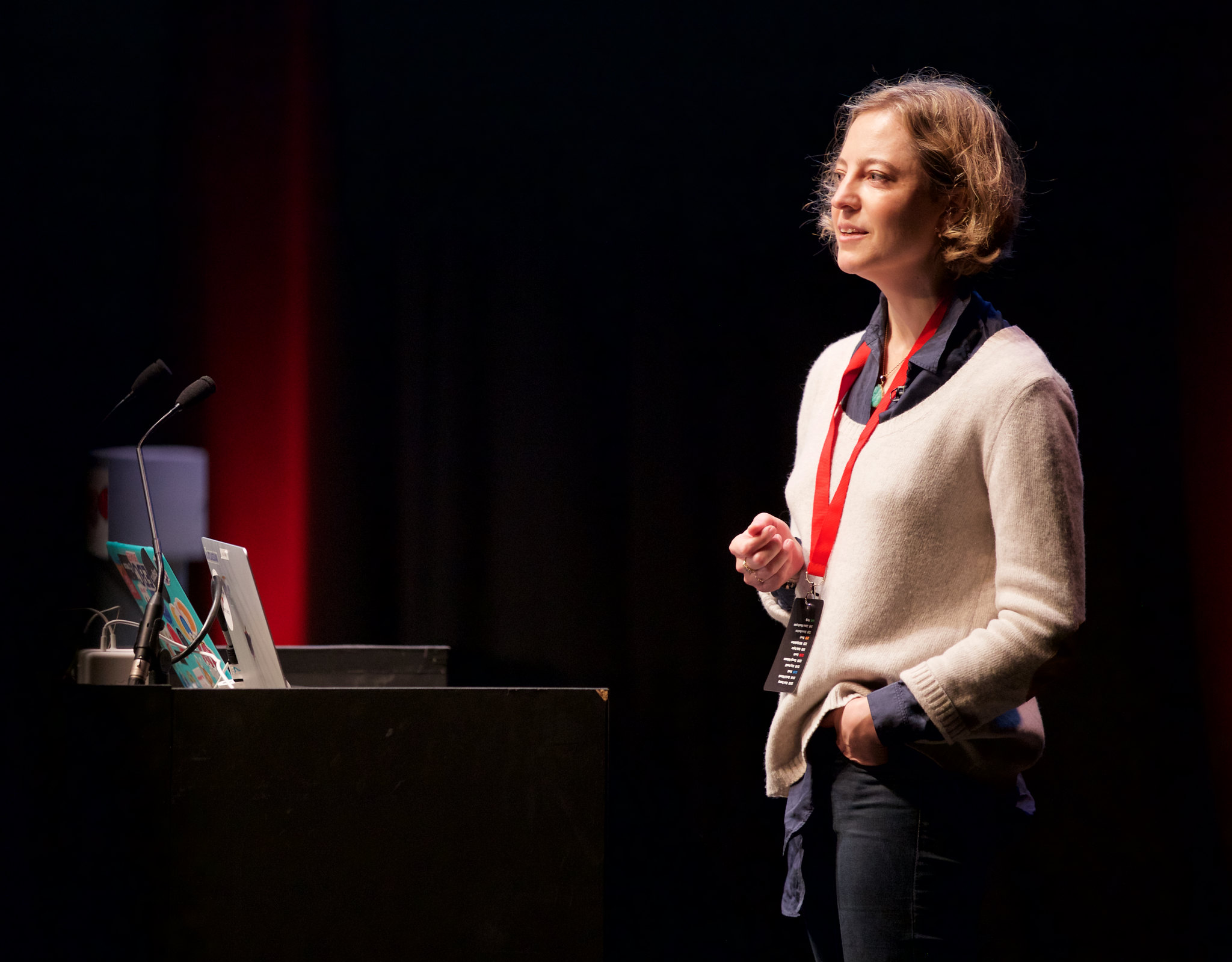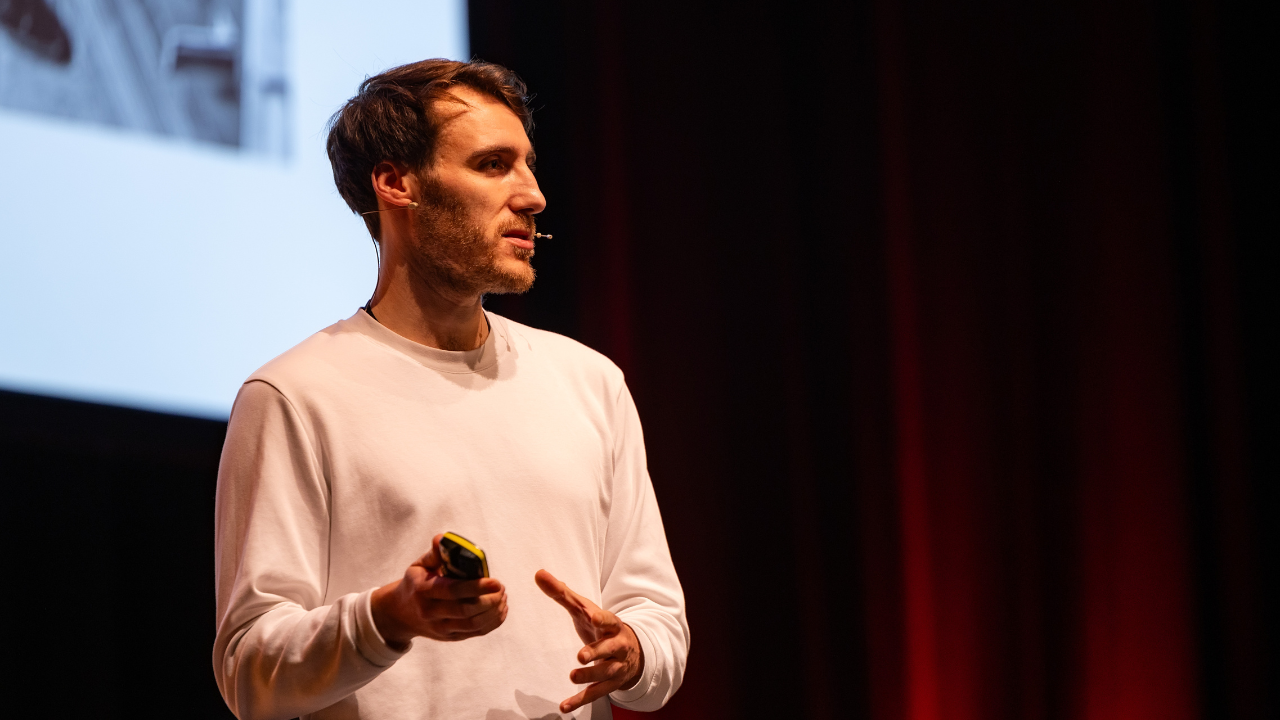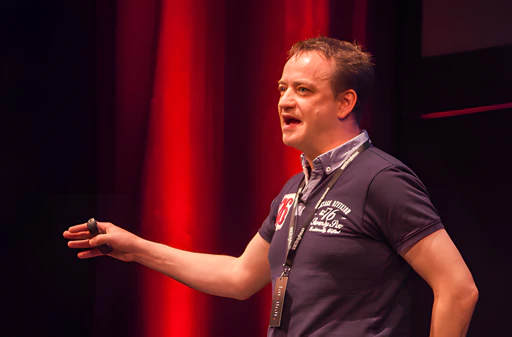UX Brighton 2025 UX economics and the expanding skillset
Thanks for coming to UX Brighton 2025
Thanks to everyone who attended, spoke at UX Brighton 2025. Sign up to be notified about future UX Brighton talks and events. You may also wish to join our Slack community, which includes a rather nice #jobs channel.
Some of the smartest, most insightful and entertaining people I’ve met. And that was just the audience. The speakers were great, too.
Mike Kuniavsky, Xerox PARC
Talks



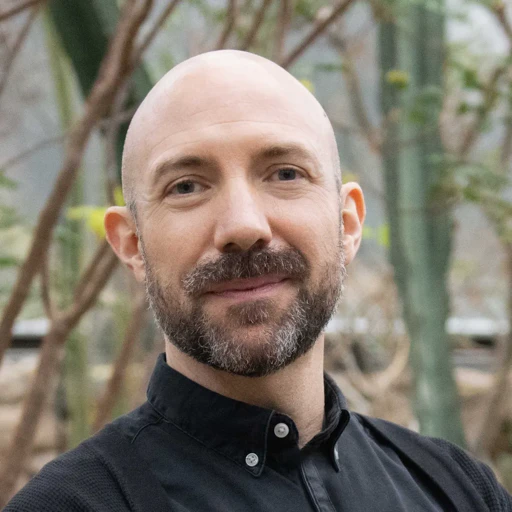



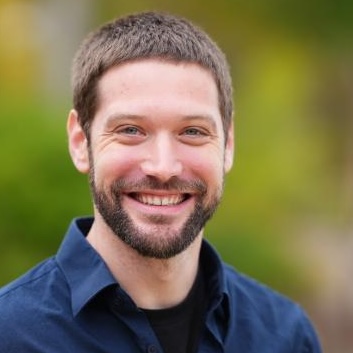

What economics teaches UXers about shaping impactful real-world experiences – Avinash Mair
More videos will be published in the coming weeks.
- Buy a ticket for UX Brighton 2026 and we'll send you a link to the secret playlist with all of the videos from .
- Subscribe to get notified when more videos are published.
What happens when economics and UX collide - who truly benefits, and what hidden forces shape the products and services we use every day?
Avinash will delve into this intersection, inviting attendees to reconsider the influence of perception, value, and decision-making in designing for real-world impact.
In this talk, Avinash will challenge attendees to expand their perspective beyond traditional UX strategy, exploring how the wider economic system shapes our design choices and responsibilities.
Join this session to discover a fresh perspective on how UX and economics are actually two sides of the same coin, helping us to shape meaningful and lasting change in an evolving world.
Slides
Slides for What economics teaches UXers about shaping impactful real-world experiences
About Avinash
Avinash is Lead UX Designer at the Natural History Museum. He has an unconventional background, studying Actuarial Science (the economics of risk) at university, first working as a business analyst and in business development. Discovering his love for designing meaningful and well-researched products, he moved internally to build a user research team and consulted for fintechs before taking the UX helm at the Natural History Museum.
Along the way, he’s picked up many lessons at the intersection of UX and business, the blind spots of both and the firm belief that whilst technology and methods will change, UX is still about creatively solving problems by understanding the complete system and finding under-leveraged opportunities to make the world a better place, just like economics.

Answers from the Arts and Crafts movement in this A.I. revolution – Sharon Webster
More videos will be published in the coming weeks.
- Buy a ticket for UX Brighton 2026 and we'll send you a link to the secret playlist with all of the videos from .
- Subscribe to get notified when more videos are published.
The industrial revolution didn’t just evolve ways of working, it triggered great social and economic change. In response to this rise of mass-production, many sought human-centred, ethical craftsmanship - leading to the Arts and Crafts movement.
As we enter another technological turning point with the rapid rise of AI, it’s the perfect moment to reflect on what history can teach us. In this talk, Sharon will draw on the parallels between these two revolutions, and asks what answers can we find from the Arts and Crafts movement to help us navigate the creative and ethical challenges of our present?
Slides
Slides for Answers from the Arts and Crafts movement in this A.I. revolution
About Sharon
Sharon’s journey into UX began with a simple favour: taking notes during a usability study. That moment sparked a lasting passion for user research and for making it accessible, inclusive, and ethical.
With experience both agency-side and in-house, Sharon has worked across a wide range of industries. She brings a fresh, strategic perspective to business challenges through user research, and is driven by curiosity, continuous learning, as well as a strong commitment to doing what’s right by users.
As we move deeper into the AI era, Sharon’s mission is to uphold ethical research practices and empower others to do the same. She thrives on mentoring and leadership, helping individuals and teams grow their UX confidence and careers.

Design Teams in the A.I. Era: A Practical Playbook for Adaptation – Oleksii Tkachenko
More videos will be published in the coming weeks.
- Buy a ticket for UX Brighton 2026 and we'll send you a link to the secret playlist with all of the videos from .
- Subscribe to get notified when more videos are published.
Some designers see A.I. as threatening their jobs, others feel it extends their capabilities.
In this talk Oleksii explores these two realities and how we might align our roles, craft, and day-to-day life at work accordingly.
Through real examples and a practical playbook, you’ll learn how to recognise which world you’re in, adapt your approach, and keep your judgment intact as the economics of design continue to change.
Slides
Slides for Design Teams in the A.I. Era: A Practical Playbook for Adaptation
About Oleksii
Oleksii is a Senior Content Designer at Perk, currently based in London. With 8+ years of expertise in Content and UX, he champions scalable content strategies to help products communicate with clarity and consistency.
Beyond his role at Perk, he’s teaching Content Design and provides mentorship for aspiring tech professionals. Outside of work, he finds inspiration in street photography and enjoys creating zines, photo books, and limited-run prints.

Hopeful Futures: Concrete Paths for Researchers and Universal Principles for Design Teams – James Lang
UX research is going through a turbulent time. AI and ‘research democratisation’ are challenging how we work. Layoffs, fear of layoffs and ‘doing more with less’ can add to the pressure. Researchers are questioning their role and their value.
And yet… hopeful futures are possible. In fact, the current moment of churn and change offers a window of opportunity for us to address some of the existing issues in our field.
Drawing from 50+ articles and insights from 100+ UXRs and tech professionals, this talk reveals clear trends. Amidst all the challenges, there’s reason to believe that our skills have never been more in demand.
- Explore a number of concrete career evolutions for researchers.
- Learn principles all product team members can apply.
- Identify actionable steps to shape your future.
Join James in rejecting doom, embracing agency, and building hopeful futures together.
Video
The video for this talk is private right now.
- Buy a ticket for UX Brighton 2026 and we'll send you a link to the secret playlist with all of the videos from .
- Subscribe to get notified when more videos are published.
Slides
Slides for Hopeful Futures: Concrete Paths for Researchers and Universal Principles for Design Teams
About James
James is a researcher by background, but wears several hats: strategist, product manager, community designer & coach. He was UX Research Director at YouTube/Google, Product Manager at eBay, and Head of Research at cxpartners.
James is founder of Together By Design, a volunteer action research collective with a mission: help people around the world to create & nurture healthy communities, using the tools of experience design. He also consults as a fractional UX Director.
Take a look at the Hopeful Futures for UX Research article for a first glimpse into his talk.

Should Designers (Vibe) Code? How to Become the Polymath Designer for the A.I. Age – Kelly Dern
This talk discusses how ‘vibe-coding‘ is the future for becoming a well-rounded designer in the age of A.I.
Designers can use creative coding and AI not for full-stack perfection, but for rapid prototyping, aesthetic intuition, and exploring the limits of your design ideas. Rather than being T-shaped, designers can now be polymaths-specialisits in several areas.
Learn how embracing a developer mindset and using AI as a creative partner can help you:
- Elevate your prototypes with nuanced, interactive, and custom-coded components.
- Future-proof your skillset by becoming a polymath with multiple valuable skillsets for your team.
- Use AI to write code for everything from custom UI elements to your own Figma and browser plugins.
- Reduce product churn by testing and communicating complex interaction ideas more effectively with your team.
Video
The video for this talk is private right now.
- Buy a ticket for UX Brighton 2026 and we'll send you a link to the secret playlist with all of the videos from .
- Subscribe to get notified when more videos are published.
Slides
Slides for Should Designers (Vibe) Code? How to Become the Polymath Designer for the A.I. Age
About Kelly
As a Senior Product Designer at Google, Kelly leads UX for a video AI team, which includes Google Meet, Duo, and Livestreaming for Workspace.
She has worked with Google Nest, start-ups, and Adidas on various product and UX projects, ranging from hardware-software integration to health tech solutions.
Kelly also enjoys learning new skills and sharing her knowledge as a speaker, mentor, and advisor in the design community.

When Everything Works the Same: How UX Becomes the Moat in the AI Era – Aadam Sumer
Many A.I. startups build similar products, making it hard to stand out. This talk explains why user experience (UX) is a powerful way to differentiate and create a lasting advantage, or “moat,” for your company.
From a venture capital perspective, we’ll share clear insights on the AI startup world and why many companies struggle to be unique. You’ll see how UX can be a strategic tool to build products that users love and that competitors can’t easily copy.
UX practitioners are in a strong position to start companies. Your skills in understanding users and designing solutions give you an edge. This talk will show you how to use these skills to create a business that lasts, with perspectives from non-UXers on why your work matters.
Finally, Adam will cover the business side - how to think about profitability alongside user needs and explore practical first steps for funding-whether or not you need investors.
Join us to discover how your UX expertise can launch a successful startup and position you as a leader in the AI era.
Video
The video for this talk is private right now.
- Buy a ticket for UX Brighton 2026 and we'll send you a link to the secret playlist with all of the videos from .
- Subscribe to get notified when more videos are published.
Slides
Slides for When Everything Works the Same: How UX Becomes the Moat in the AI Era
About Aadam
Aadam Sumer is an investor, entrepreneur, and Co-Founder of the London Venture Capital Network (LVCN), Europe’s fastest-growing community of venture capital investors, family offices, LPs and start-ups.
At the helm of landmark gatherings such as the London VC Summit and London VC Week, he brings together global investors, founders, and policymakers to shape the future of technology and finance.
Under his leadership, LVCN has partnered with more than 40 leading VC firms representing over USD 26 billion in AUM. Aadam is driven by a mission to make venture capital more accessible, diverse, and impactful, powering innovation that tackles society’s greatest challenges.

Reflection to Action - finding your way forward – Laura Dalrymple
How do you take that crucial first step toward a new chapter in your career?
Often, the clues we need to move forward are already within us - subtle breadcrumbs left behind in our past experiences and decisions. The challenge is recognising and following them.
In this talk, Laura reveals how reflection can be your most powerful tool to unlock clarity and purpose. By learning to pause, observe, and interpret your own actions, you can uncover hidden signals that guide your path forward.
Make the transformative journey from introspection to inspired action. Discover how to harness reflection to define your unique approach to change, craft meaningful goals, and take confident steps toward a career that truly resonates with who you are.
When we step beyond uncertainty, we can turn reflection into action and better shape the futures we want.
Video
The video for this talk is private right now.
- Buy a ticket for UX Brighton 2026 and we'll send you a link to the secret playlist with all of the videos from .
- Subscribe to get notified when more videos are published.
Slides
About Laura
Laura is a Lead User Researcher at NTT Data/Tangity specialising in Government clients. Prior to this she supported large scale transformation projects at the Bank of England as their first permanent senior user researcher; winning a central Banking award in 2025 for the UCD work she and her team carried out . Laura has also worked consultancy side with SPARCK/CGI delivering NHS digital COVID initiatives
Laura has a background in Psychology and Mental Health Nursing. Her experience covers research in variety of areas such as: biotech, psychoeducation (teaching mental health management), pharmaceuticals, complex data sets and financial regulation.
In her diverse 11 year career, Laura has amassed a rich toolbox, combining techniques from user research, psychology, design thinking and clinical research. Her passion is truly getting ‘under the skin’ of peoples experiences to realise real sustainable change. As a continuation of this, she has become an EMCC accredited coach, providing support to those wanting to change careers, go for promotion or reintegrate back into the working environment after time away.

Nobody Knows What They're Doing (and That's to Your Advantage) – Zach Rattner
In the midst of the AI revolution, one truth stands out: no one has this all figured out. Not the biggest tech companies, not the hottest startups, not even the people training the models themselves. And that’s exactly where your opportunity lies.
In this keynote, Zach shares how best-in-class AI teams are succeeding not by having all the answers, but by moving fast, iterating honestly, and designing for what’s barely possible.
You’ll hear real examples from AI-driven product development, including automating back-office workflows, scaling human impact, and rethinking what teams are capable of when tedium is no longer the bottleneck.
This talk is a call to action for designers, technologists, and product leaders: you don’t need certainty to lead. You need curiosity, momentum, and a willingness to act before the roadmap is clear. In a time where the ground is shifting under everyone’s feet, your ability to move with purpose through ambiguity is what sets you apart.
Video
The video for this talk is private right now.
- Buy a ticket for UX Brighton 2026 and we'll send you a link to the secret playlist with all of the videos from .
- Subscribe to get notified when more videos are published.
Slides
Slides for Nobody Knows What They're Doing (and That's to Your Advantage)
About Zach
Zach is the CTO & Co-Founder of Yembo, author of Grow Up Fast: Lessons from an AI Startup, and an international keynote speaker.
He’s a software engineer with over 15 years of experience. He has a B.S. in Computer Engineering from Virginia Tech. His company is the leader in AI-powered virtual surveys with over 5 million videos inspected and customers in over 20 countries.
Zach’s previous projects include building a flashcard studying tool that scaled to over a million users and serving as the software lead for Qualcomm’s internal innovation program, Qualcomm ImpaQt.
He’s a Top A.I. contributor on LinkedIn, in the top 2% of contributors on Stack Overflow and has been granted 25 US patents with several more pending.
He has three children and lives in California with his wife Lindsay.
Highlights from other years
UX Brighton is one of the premier UX events in Europe. In just one day, you’ll get access to some of the most cutting-edge presentations you can imagine. Well organized, fabulous location, packed with valuable content – go if you can: it’s worth the investment.
Jim Kalbach, Author of The Jobs to be Done Playbook
